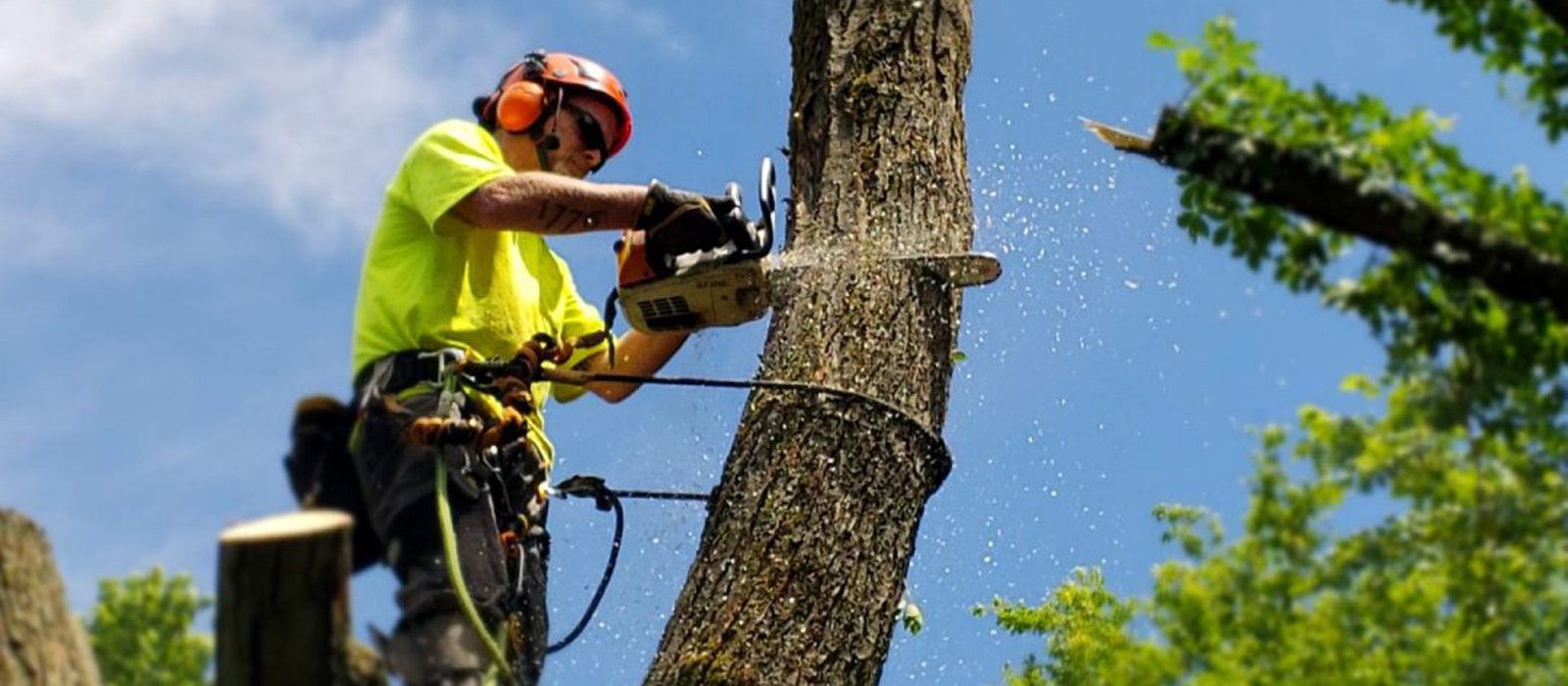
What Does an Arborist Do?
In the realm of tree care and management, arborists hold a crucial role as the guardians of our urban forests. With their expertise and skills, they ensure the health, safety, and beauty of trees in various ways.
Understanding the Arborist: A Guardian of Urban Forests
Arborists: The Experts in Tree Care and Management
Arborists, also known as tree surgeons or tree care professionals, are highly trained individuals who possess a deep understanding of trees and their ecosystems. They are well-versed in the art and science of tree care.
Tree Removal: Safely and Efficiently Removing Trees
Assessing Tree Conditions and Risks
When it becomes necessary to remove a tree, arborists play a vital role in assessing the tree’s condition & associated risks. They meticulously examine the tree’s health, considering factors such as disease presence, root damage, and proximity to structures or power lines. This assessment guides their decision-making process.
Employing Expert Techniques for Controlled Tree Removal
Arborists are skilled in employing a range of techniques to safely and efficiently remove trees. They utilize specialized equipment and employ industry best practices to ensure controlled tree removal, minimizing risks to people and property. Techniques such as directional felling and the use of cranes enable arborists to remove trees with precision, particularly in confined or hazardous environments.
Tree Care: Nurturing Trees for Health and Vitality
Diagnosis and Treatment of Tree Diseases
Arborists are trained to identify and treat tree diseases effectively. They possess a deep understanding of various tree pathogens, their symptoms, and appropriate treatment methods. Through careful observation and diagnostic procedures, arborists can develop treatment plans tailored to the specific disease affecting a tree. This may involve pruning infected branches, applying targeted treatments, or implementing cultural practices to enhance tree health.
Managing Pests for Tree Health
Pests can pose significant threats to tree health, and arborists are well-versed in identifying and managing these challenges. They are skilled in recognizing common tree pests, such as insects and mites, and implementing appropriate measures to control their population. Arborists may employ integrated pest management techniques, including biological controls, insecticidal treatments, and cultural practices to mitigate pest infestations while minimizing environmental impact.
Fertilization: Providing Essential Nutrients for Growth
To promote tree health and vitality, arborists understand the importance of providing essential nutrients through fertilization. They assess soil conditions, nutrient deficiencies, and tree requirements to develop targeted fertilization plans. By applying the right balance of nutrients at appropriate times, arborists can enhance tree growth, bolster resistance to stressors, and improve overall tree health.
Tree Maintenance: Pruning for Structure, Growth, and Safety
The Art of Pruning: Enhancing Tree Structure and Aesthetics
Pruning is a fundamental aspect of tree maintenance, and arborists are skilled in the art of proper pruning techniques. They carefully evaluate tree structure, considering factors such as branch stability, canopy balance, and potential hazards. By selectively removing branches, arborists can enhance tree structure, improve aesthetics, and promote overall tree health.
Reducing the Risk of Storm Damage through Proper Pruning Techniques
Arborists understand that strategic pruning can significantly reduce the risk of storm damage to trees. By removing dead, weak, or structurally compromised branches, arborists create a more wind-resistant tree canopy. This helps to minimize the likelihood of branches breaking or the entire tree toppling during severe weather events. Proper pruning techniques employed by arborists include crown thinning, crown reduction, and canopy shaping to maintain a balanced and resilient tree structure.
Tree Lopping: The Importance of Targeted Pruning
Distinctive Practices: Pruning for Health, Safety, and Beauty
While tree lopping may be a term commonly used to describe tree pruning, arborists emphasize the importance of targeted pruning practices instead. Tree lopping, which involves indiscriminate and excessive branch removal, can lead to long-term damage and negatively impact tree health. Arborists advocate for selective pruning techniques that preserve the tree’s natural form, promote healthy growth, and maintain its aesthetic appeal.
Avoiding Indiscriminate Branch Removal and Long-Term Damage
Arborists understand the potential risks associated with tree lopping and aim to educate property owners about its drawbacks. Indiscriminate branch removal can result in open wounds, decay, and increased susceptibility to pests and diseases. Instead, arborists focus on targeted pruning, carefully assessing each branch’s condition and removing only those that are necessary for tree health, safety, and structural integrity.
Other Tree Services: Enhancing and Preserving Urban Greenery
Tree Planting: Selecting Species and Techniques for Successful Growth
Arborists are knowledgeable about the diverse range of tree species suitable for specific environments. When it comes to tree planting, they consider factors such as soil conditions & climate. By selecting the right tree species and employing proper planting techniques, arborists ensure the successful establishment and growth of newly planted trees.
Tree Risk Assessment: Identifying Hazards and Mitigating Risks
Arborists play a crucial role in assessing tree risks and implementing measures to mitigate potential hazards. Through comprehensive tree risk assessments, they identify structural weaknesses, disease presence, and other factors that may pose a risk to people or property. Arborists provide recommendations to minimize risks, such as pruning, cabling, or tree removal when necessary, ensuring the safety of the surrounding environment.
Tree Preservation During Construction: Strategies to Safeguard Trees
During construction or development projects, arborists are instrumental in preserving trees and their valuable ecosystem services. They collaborate with construction teams to implement protective measures, such as installing barriers, root zone protection, and strategic pruning, to safeguard trees from damage. By considering the unique needs of each tree and employing proper preservation strategies, arborists help to ensure the long-term survival of urban trees.
Tree Consultation: Tailored Management Plans for Homes and Municipalities
Arborists offer valuable consultation services to homeowners, property managers, and municipalities. They work closely with clients to develop customized tree management plans, taking into account specific goals, environmental conditions, and budget considerations. These comprehensive plans encompass tree planting, maintenance schedules, and preservation strategies, providing guidance for long-term tree care and management.
